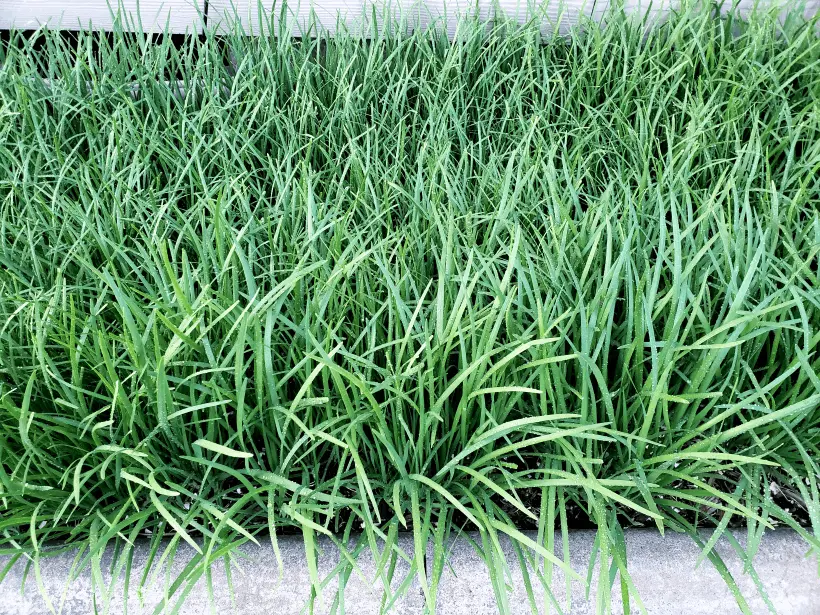Weight Equivalents: Chives

Article by Gil "hannaone"
© Copyright 2007-2023. All rights reserved.
Image by hannaone
Weight information obtained from USDA food database
With a long and diverse past, chives (Allium schoenoprasum) have served both culinary and medicinal purposes for centuries. Originally native to Europe, Asia, and North America, these versatile herbs have been cultivated for 5,000 years and were commonly known as "rush leeks" during the Middle Ages. In ancient times, they were utilized in Egyptian cooking, medicine, and rituals before making their way to Greece and Rome where they added flavor to dishes. During the medieval era in Europe, chives were highly regarded as a medicinal herb used to heal digestive issues and relieve cold symptoms.
Asian chives (Allium tuberosum), also referred to as garlic chives, Chinese chives, or buchu in Korean, have their origins in the Siberian–Mongolian–North Chinese steppes. Throughout history, they have been highly valued for their culinary and medicinal properties. From ancient Chinese rulers to contemporary gardeners, these chives have been prized for their distinct taste and health advantages. Today, they are cultivated in gardens worldwide and continue to be sought-after herbs for cooking, seasoning, and vibrant dish presentation.
Asian Chives (Allium tuberosum): The nutritional content of Asian Chives is similar to that of regular Chives. It’s important to note that the nutritional content can vary slightly based on factors such as soil quality and growing conditions.
Remember, while chives are nutrient-dense, they are often used in small quantities, so they may not significantly contribute to daily nutrient intake. However, they can still be a valuable addition to a balanced diet due to their vitamin and mineral content.



DISQUS COMMENTS WILL BE SHOWN ONLY WHEN YOUR SITE IS ONLINE